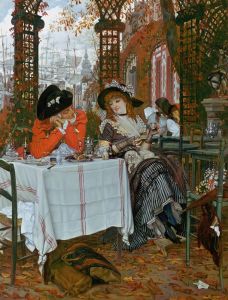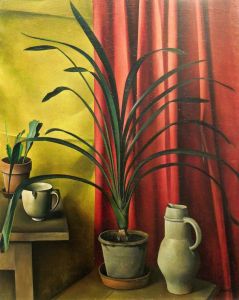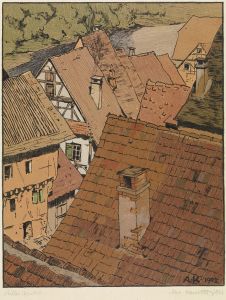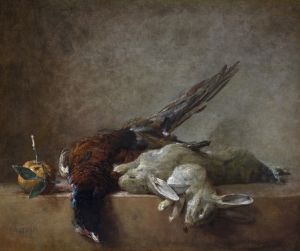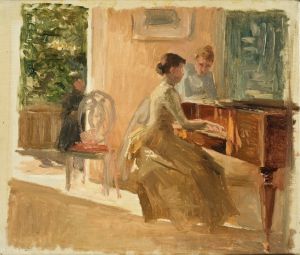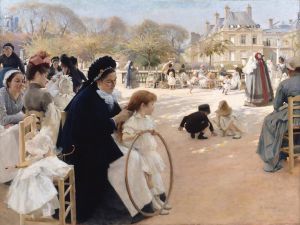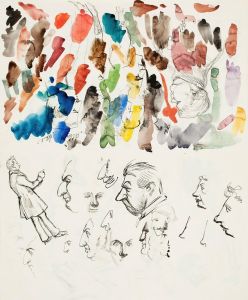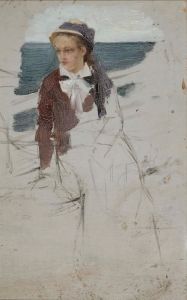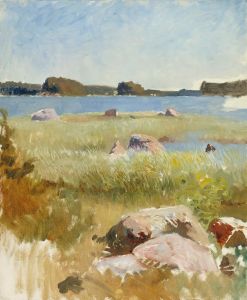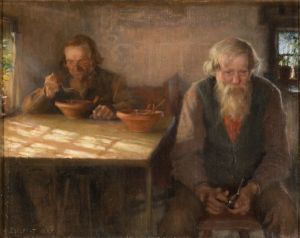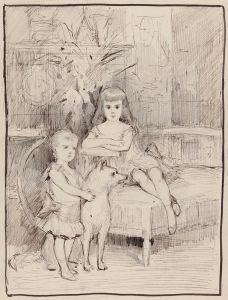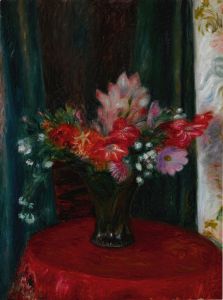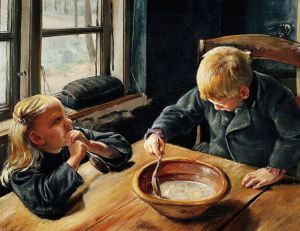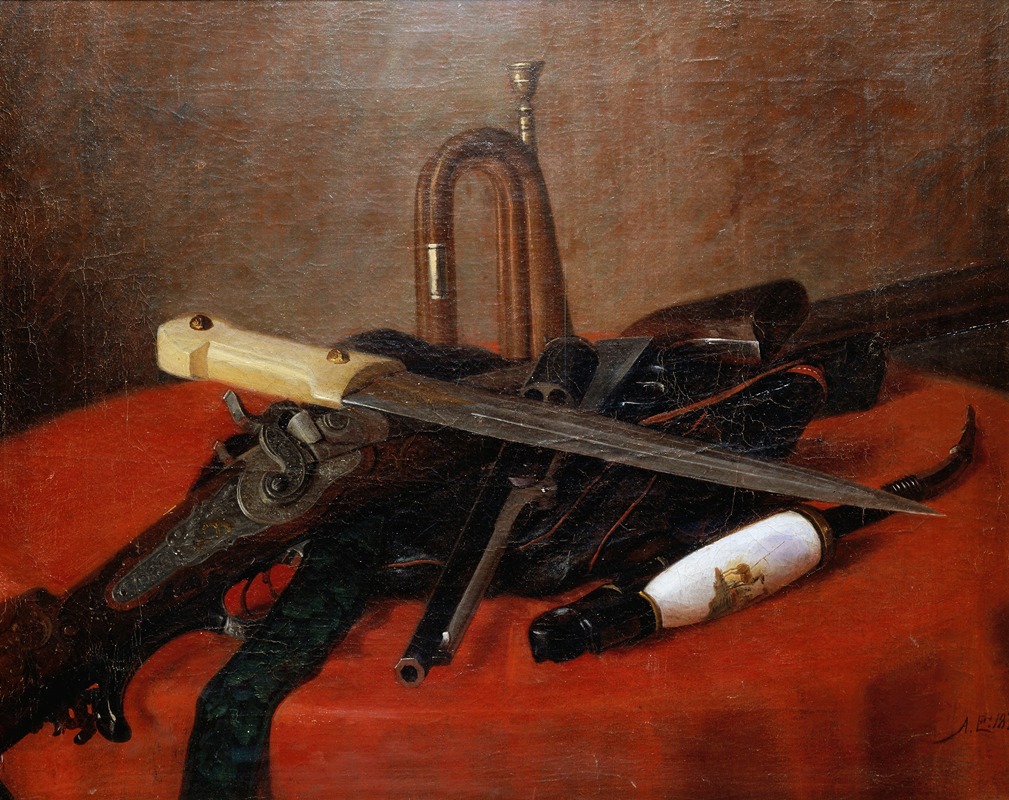
Still Life
A hand-painted replica of Albert Edelfelt’s masterpiece Still Life, meticulously crafted by professional artists to capture the true essence of the original. Each piece is created with museum-quality canvas and rare mineral pigments, carefully painted by experienced artists with delicate brushstrokes and rich, layered colors to perfectly recreate the texture of the original artwork. Unlike machine-printed reproductions, this hand-painted version brings the painting to life, infused with the artist’s emotions and skill in every stroke. Whether for personal collection or home decoration, it instantly elevates the artistic atmosphere of any space.
Albert Edelfelt was a Finnish painter known for his contributions to realism and his ability to capture the essence of his subjects with great detail and sensitivity. While Edelfelt is primarily celebrated for his portraits and historical scenes, he also created still life paintings, though these are less documented and discussed in art historical literature compared to his other works.
"Still Life" by Albert Edelfelt is one such painting that exemplifies his skill in this genre. Although specific details about this particular painting are scarce, Edelfelt's approach to still life can be inferred from his broader body of work and the artistic context of his time. Edelfelt was active during the late 19th and early 20th centuries, a period when still life painting was evolving with influences from various art movements, including realism and impressionism.
In general, Edelfelt's still life paintings would likely reflect his realist tendencies, characterized by meticulous attention to detail and a focus on the interplay of light and shadow. His works often exhibit a keen observation of the natural world, capturing the textures and colors of objects with precision. This approach aligns with the broader realist movement, which sought to depict subjects truthfully and without idealization.
Edelfelt's still life compositions may include common themes of the genre, such as arrangements of flowers, fruits, or everyday objects. These elements would be carefully composed to create a harmonious and balanced visual experience. The use of light would play a crucial role in highlighting the textures and forms of the objects, adding depth and dimension to the composition.
While specific information about "Still Life" by Albert Edelfelt is limited, it is important to consider the cultural and artistic environment in which he worked. Edelfelt was part of a generation of artists who were increasingly interested in capturing the nuances of everyday life and the beauty found in ordinary objects. This interest in realism and the depiction of the mundane can be seen in the still life genre, where artists explore the aesthetic potential of commonplace items.
Edelfelt's contribution to Finnish art and his international recognition make his works, including his still life paintings, significant in understanding the development of art in Finland and the broader Nordic region during his lifetime. His ability to convey the subtleties of light and texture, whether in portraits, historical scenes, or still life, underscores his versatility and mastery as an artist.
In summary, while detailed information about the specific painting "Still Life" by Albert Edelfelt is not readily available, his overall approach to art and the context of his work provide insight into what such a painting might entail. Edelfelt's dedication to realism and his skillful rendering of light and texture would likely be evident in his still life compositions, reflecting the broader artistic trends of his time.





